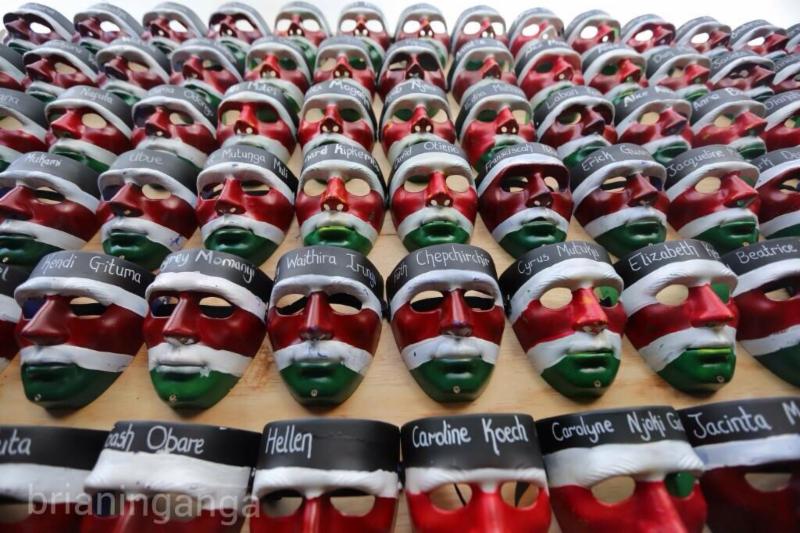 On the 2nd of April my home country, Kenya, suffered its bloodiest terrorist attack in recent history. The attack by Al-Shabaab was at a university in the town of Garissa, close to the Kenya-Somali border. While it would be tempting to rant and rave about the causes of the attack, the lapse in Kenya’s security forces, or even the almost non-existence of an official government response — not only to the attack but the victims’ and their families’ plight and suffering — I will not. Instead this month’s article is on the 147 students that died, the almost equal number of students considered missing, and the hundreds more that survived and will always have these scars.
On the 2nd of April my home country, Kenya, suffered its bloodiest terrorist attack in recent history. The attack by Al-Shabaab was at a university in the town of Garissa, close to the Kenya-Somali border. While it would be tempting to rant and rave about the causes of the attack, the lapse in Kenya’s security forces, or even the almost non-existence of an official government response — not only to the attack but the victims’ and their families’ plight and suffering — I will not. Instead this month’s article is on the 147 students that died, the almost equal number of students considered missing, and the hundreds more that survived and will always have these scars.
No young person should have to worry that attending university may literally mean life or death. No parent should have to worry about whether or not sending their child to university and sacrificing pay for their tuition could mean exposing their child to terror. 147 is not just a number, it is brothers, sisters, children, nephews, nieces, grandchildren, boyfriends, girlfriends, future professionals and future parents. For the parents of the victims, 147 represents 147 bright futures now extinguished. As one parent tearfully said on television, “we sold everything to send our child to school, now that they are dead I am left with nothing.”
Was Kenya caught by surprise? No. The British embassy had issued a travel advisory to its citizens and one of the areas mentioned was Garissa. The U.S. embassy also mentioned that there was intelligence that a public university would be attacked. Indeed there are reports that there was a circular sent to all public institutions and eventually to students asking them to be extra vigilant. The government even sent police officers (albeit not enough) to the institutions. A simple Venn diagram would have highlighted the areas the government needed to put more emphasis on — this is not hindsight speaking, it is basic common sense.
Despite all of this, here I am writing about the death of 147 university students. Here I am writing about the erasure of Kenya’s diversity. Having attended university in Kenya, I, like several of my Kenyan friends, cannot shake the thought that I could easily have been amongst the 147. We were lucky, that’s all. As CHGS and the community commemorates the 100th anniversary of the Armenian genocide, and as we say a prayer for victims of mass atrocities and genocides since and before 1915 (such as the genocide of the Herero of Namibia), light a candle for the 147 from Kenya.
Wahutu Siguru is Badzin Fellow in Holocaust and Genocide Studies and PhD candidate in the Sociology department at the University of Minnesota. Siguru’s research interests are in the Sociology of Media, Genocide, Mass Violence and Atrocities (specifically on issues of representation of conflicts in Africa such as Darfur and Rwanda), Collective Memory, and perhaps somewhat tangentially Democracy and Development in Africa.

Comments